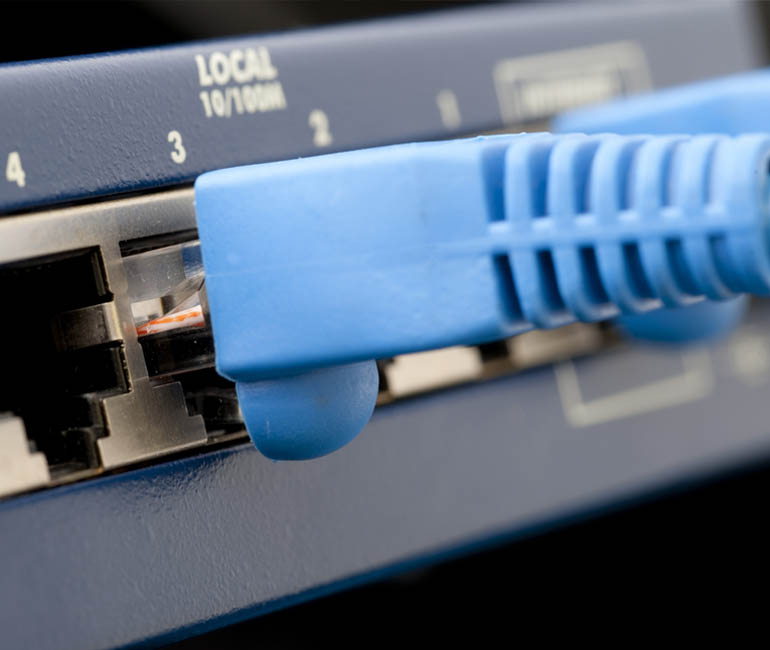Switching and Routing
A business network enables everyone in your company to connect to each other, to customers, to business partners, to important applications and to the Internet. The beauty of a network is that information and applications can be shared and accessed easily by everyone on your team. Consider the following:
What Are Routing and Switching?
The way a network operates is to connect computers and peripherals using two pieces of equipment - switches and routers. These two let the devices connected to your network talk with each other as well as talk to other networks.
Though they look quite similar, routers and switches perform very different functions in a network:
Switches are used to connect multiple devices on the same network within a building or campus. For example, a switch can connect your computers, printers and servers, creating a network of shared resources. The switch would serve as a controller, allowing the various devices to share information and talk to each other. Through information sharing and resource allocation, switches save you money and increase productivity.
There are two basic types of switches: managed and unmanaged.
An unmanaged switch works out of the box and does not allow you to make changes. Home-networking equipment often will have unmanaged switches.
A managed switch allows you access to program it. This provides greater flexibility because the switch can be monitored and adjusted locally or remotely to give you control on how traffic travels over the network and who has access to your network.
Routers are used to tie multiple networks together. For example, you would use a router to connect your networked computers to the Internet and thereby share an Internet connection among many users. The router will act as a dispatcher, choosing the best route for your information to travel so that you receive it quickly.
Routers analyze the data being sent over a network, change how it is packaged and send it to another network or over a different type of network. They connect your business to the outside world, protect your information from security threats, and can even decide which computers get priority over others.
Depending on your business and your networking plans, you can choose from routers that include different capabilities. These can include functions such as:
Firewall: specialized software that examines incoming data and protects your business network against attacks
Virtual Private Network (VPN): A way to allow remote employees to safely access your network remotely
IP Phone network : Combine your company's computer and telephone network, using voice and conferencing technology, to simplify and unify your communications


